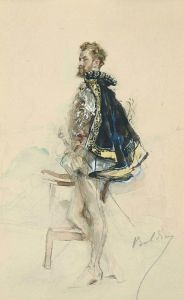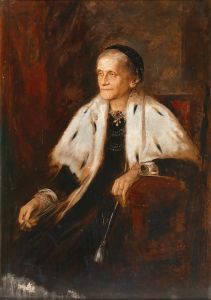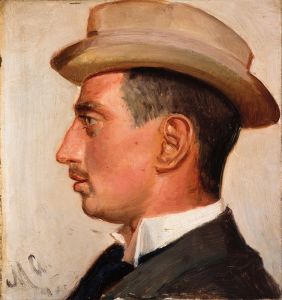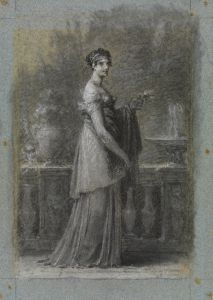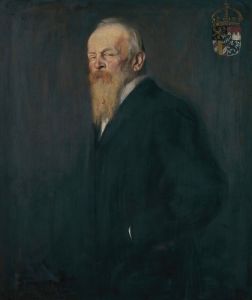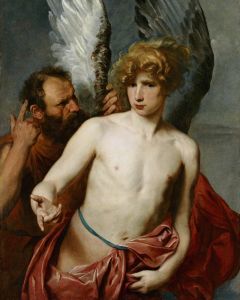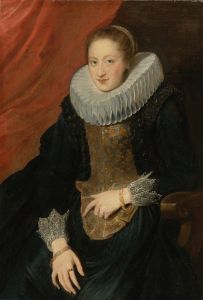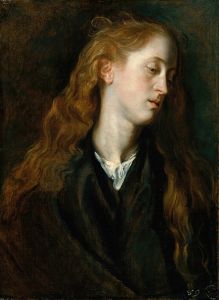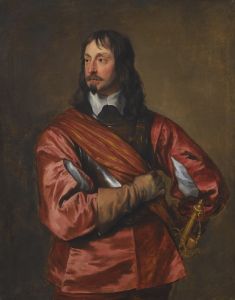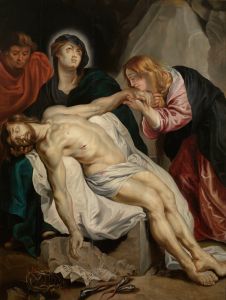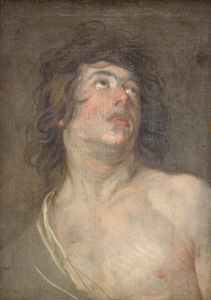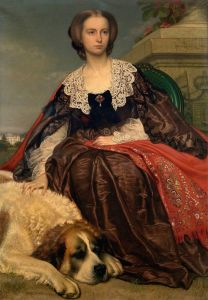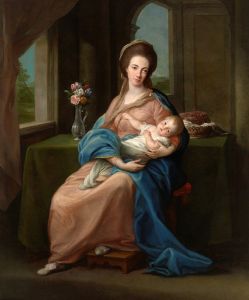
Charles I
A hand-painted replica of Anthony van Dyck’s masterpiece Charles I, meticulously crafted by professional artists to capture the true essence of the original. Each piece is created with museum-quality canvas and rare mineral pigments, carefully painted by experienced artists with delicate brushstrokes and rich, layered colors to perfectly recreate the texture of the original artwork. Unlike machine-printed reproductions, this hand-painted version brings the painting to life, infused with the artist’s emotions and skill in every stroke. Whether for personal collection or home decoration, it instantly elevates the artistic atmosphere of any space.
"Charles I" by Anthony van Dyck is a renowned portrait of King Charles I of England, painted by the Flemish artist Anthony van Dyck, who was the leading court painter in England during the early 17th century. Van Dyck was known for his sophisticated and elegant style, which greatly influenced English portraiture.
The painting is one of several portraits van Dyck created of Charles I, who reigned from 1625 until his execution in 1649. Van Dyck became the principal painter to the king in 1632, and his portraits of Charles I are celebrated for their ability to convey the king's authority and regal presence. This particular work is often noted for its depiction of the king in a dignified and composed manner, reflecting both his royal status and van Dyck's skill in capturing the character of his subjects.
In this portrait, Charles I is typically depicted in a manner that emphasizes his divine right to rule. Van Dyck's portrayal often includes symbolic elements that highlight the king's sovereignty and the legitimacy of his reign. The artist's use of rich colors, luxurious fabrics, and detailed textures adds to the opulence and grandeur of the image, reinforcing the king's status and the power of the monarchy.
Van Dyck's portraits of Charles I are also significant for their contribution to the royal image-making of the time. They were part of a broader effort to present the king as a strong and capable ruler, particularly during a period of political tension and conflict in England. The elegance and poise captured in these portraits were intended to convey stability and continuity, even as the monarchy faced challenges from Parliament and other political factions.
The relationship between Charles I and Anthony van Dyck was mutually beneficial. The king provided van Dyck with patronage and support, while the artist's portraits helped to craft and maintain the royal image. Van Dyck's influence extended beyond his lifetime, as his style and approach to portraiture continued to shape English art for generations.
"Charles I" by Anthony van Dyck remains an important work in the history of art, not only for its artistic merit but also for its historical significance. It offers insight into the ways in which art and politics intersected during the reign of Charles I, and how portraiture was used as a tool for royal propaganda. The painting is a testament to van Dyck's skill as a portraitist and his ability to capture the essence of his subjects with grace and sophistication.
Today, van Dyck's portraits of Charles I are held in high regard and are part of the collections of major museums and galleries. They continue to be studied and admired for their artistic qualities and their role in the cultural and political history of 17th-century England.





